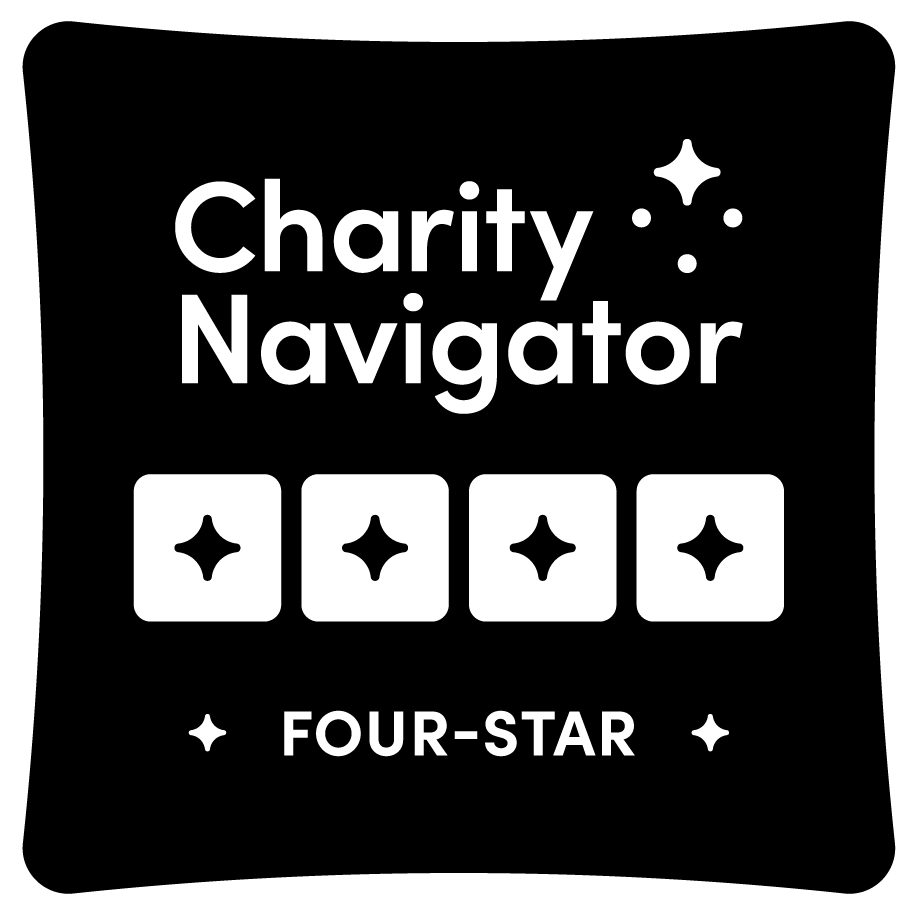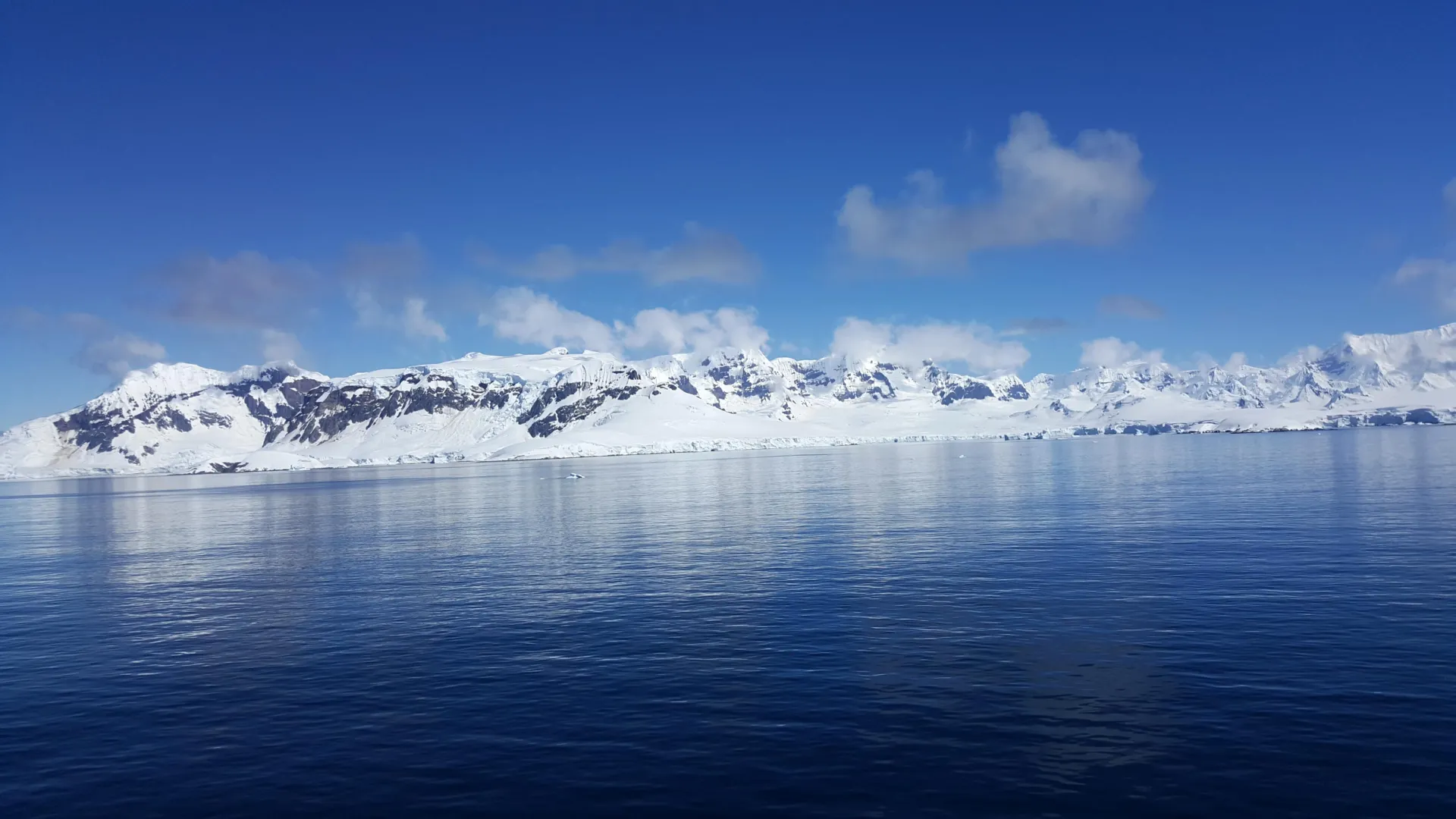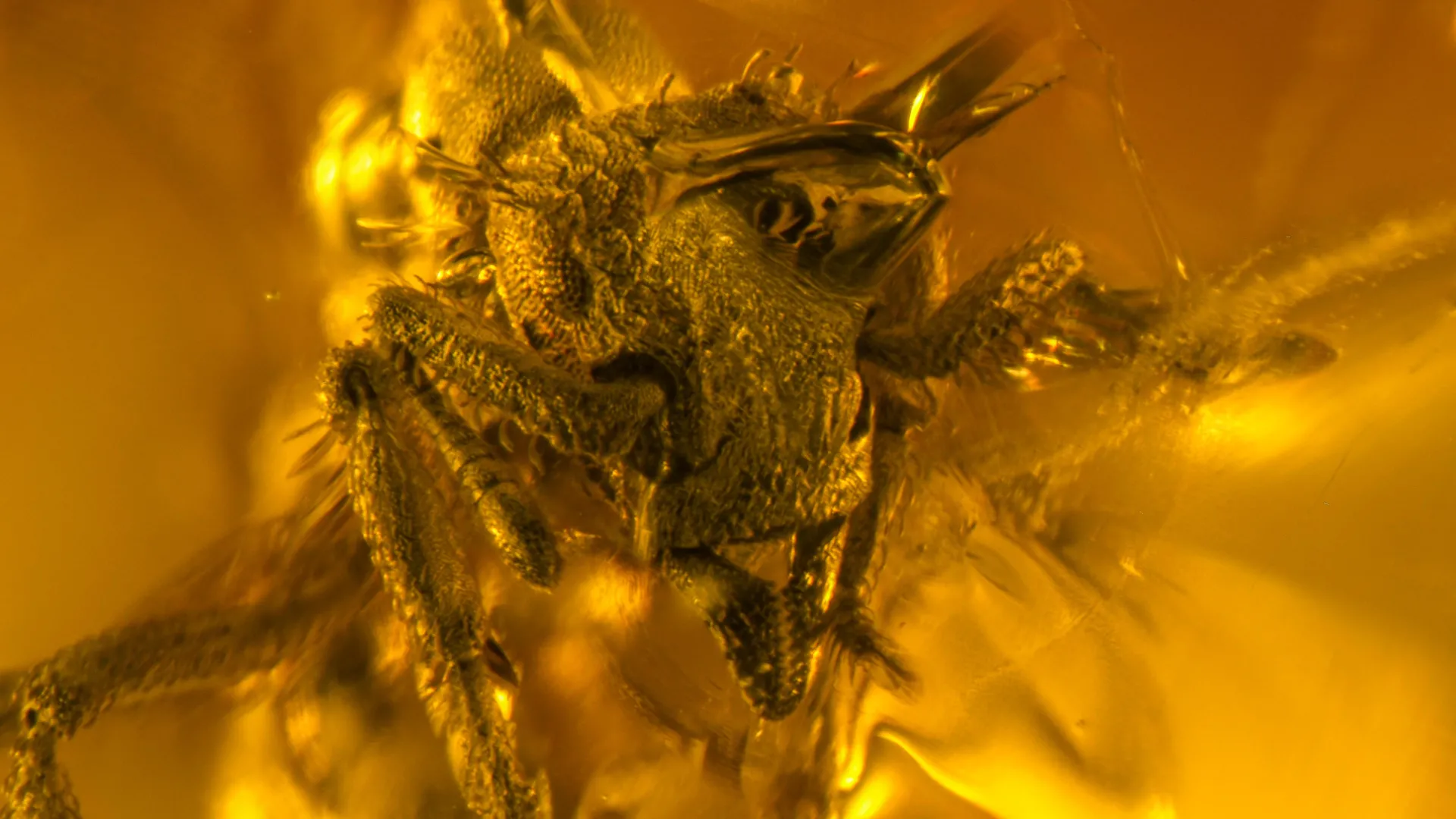PROTECT YOUR DNA WITH QUANTUM TECHNOLOGY
Orgo-Life the new way to the future Advertising by AdpathwaySpace Snapshot

Curiosity is learning new tricks, including napping. After 13 years exploring Mars, the NASA rover is learning new skills to improve its efficiency, thanks to reprogramming from its engineers. One improvement is the ability to multitask, as it’s doing in this image. Curiosity captured this photo on July 26 while simultaneously relaying data to an orbiter. Another new skill is for Curiosity to decide to enter sleep mode early if it finishes its tasks ahead of schedule. These various improvements will enable the rover to prioritize its battery life for science. Image credit: NASA/JPL-Caltech.
Fact Worth Sharing

Much like humans, Mars rovers tend to sleep at night. For solar-powered spacecraft, it’s a matter of losing their energy source. But even nuclear-powered spacecraft like Curiosity and Perseverance need to put non-essential systems to sleep at night when Martian temperatures drop to extreme lows.
Mission Briefings


Nature has lots of ways of producing similar-looking things. In this case, ancient water and wind produced a feature on Mars that looks strikingly like coral. Whereas the coral found in Earth’s oceans is built up from the secretions of tiny sea creatures, this rock (imaged on July 24 by NASA’s Curiosity rover) was formed by billions of years of erosion by wind and dust. Image credit: NASA et al.

Lunar Trailblazer’s mission is officially over. NASA’s mission to map water on the Moon launched on Feb. 26, but mission operators lost contact with the spacecraft shortly afterwards. On July 31, NASA declared an end to the extensive efforts to re-establish communications with the orbiter.

Firefly is heading back to the Moon. NASA announced last week that it has awarded Firefly Aerospace $176.7 million to deliver two rovers and three scientific instruments to the lunar surface as part of the Commercial Lunar Payload Services program. Firefly’s contribution will fly on missions slated to land on the Moon in 2026 and 2028.

Life on other worlds could be fueled by cosmic rays. When these energetic particles coming from beyond the Solar System hit water ice, they can smash water molecules apart and release electrons. New research suggests that this process could create an energy source for life in cold, icy worlds like Europa, Enceladus, and parts of Mars.

A new Congressional caucus has formed to support human space exploration. The Advancing Humanity in Space Congressional Caucus, established with the support of Space for Humanity, aims to address the challenges, opportunities, and support needed for spaceflight, space exploration, and human expansion into space.
From The Planetary Society


Only three interstellar objects have ever been discovered. The latest was first spotted on July 1, 2025. Bryce Bolin, PhD, research scientist at Eureka Scientific, is one of the few astronomers who has studied all three known interstellar objects — 1I/ʻOumuamua (pictured in an artist’s impression), 2I/Borisov, and now 3I/ATLAS. He joined this week’s Planetary Radio to discuss how these rare visitors expand our understanding of planetary systems beyond our own. Image credit: ESO/M. Kornmesser.

Does nuclear power hold the key to the future of space exploration? Bhavya Lal, PhD, joined the latest Planetary Radio: Space Policy Edition to discuss the idea that nuclear power, not propulsion, has the potential to enable long-term human exploration of other worlds.

Up next in the Planetary Society book club: Space Craze. From Margaret Weitekamp, PhD, curator at the Smithsonian's National Air and Space Museum, "Space Craze" looks at how spaceflight has permeated American culture — from film and TV to toys and internet chatrooms — and served as a platform for exploring concerns such as race, gender, sexuality, freedom, and national identity. Planetary Society book club members will be reading “Space Craze” in August and will discuss the book in a live virtual Q&A with Weitekamp. Not yet a member? Join today.
What's Up

The Perseid meteor shower peaks overnight between Aug. 12 and 13, with increased activity several days before and after. From a very dark site, there are usually 50 to 75 meteors per hour at the peak. An 85% full Moon — appearing near yellowish Saturn — will wash out some of the dimmer meteors. You can also see reddish Mars in the evening west. In the predawn, look for super bright Venus in the east, with very bright Jupiter very near below it. Learn more in our guide to August’s night skies.
Help save space missions. Join today!

If you are not already a member, we need your help. NASA is at a crossroads, and your support is needed today! Funding for space science and exploration is at risk. It needs the support of passionate advocates like you.
NASA is facing major budget cuts for the first time in a decade, and thousands of skilled scientists, engineers, and technicians have already been laid off at NASA centers across the United States. NASA funding must grow, not shrink, if the agency is to succeed in returning to the Moon, exploring the Solar System, and seeking out life beyond Earth.
We must prevent budget cuts. When you become a member of The Planetary Society, you join the world’s largest and most influential space advocacy nonprofit. Will you join us and enable the future of space exploration?
Wow of the Week

Interstellar human spaceflight has long been a dream, but Project Hyperion and the Initiative for Interstellar Studies (i4is) are actually pursuing ship designs. The pair of organizations recently announced the winners of a design competition for creating a generational starship — a vessel carrying multiple generations of humans through space for hundreds of years to reach an exoplanet.
Pictured is a rendering of the winning design by a team from Italy. Their vessel, which rotates to create Earth-like gravity for its habitat spaces, agricultural ecosystems, communal areas, and more, would carry as many as 600 passengers on a 400-year journey to Proxima b, an exoplanet in the nearest star system. Learn more about their design and the competition as a whole. Image credit: i4is.
Send us your artwork!
We love to feature space artwork in the Downlink. If you create any kind of space-related art, we invite you to send it to us by replying to any Downlink email or writing to [email protected]. Please let us know in your email if you’re a Planetary Society member!
Account Center • Contact Us • Privacy Policy
Give with confidence. The Planetary Society is a registered 501(c)(3) nonprofit organization.
© 2025 The Planetary Society. All rights reserved.
Cookie Declaration


























 English (US) ·
English (US) ·  French (CA) ·
French (CA) ·